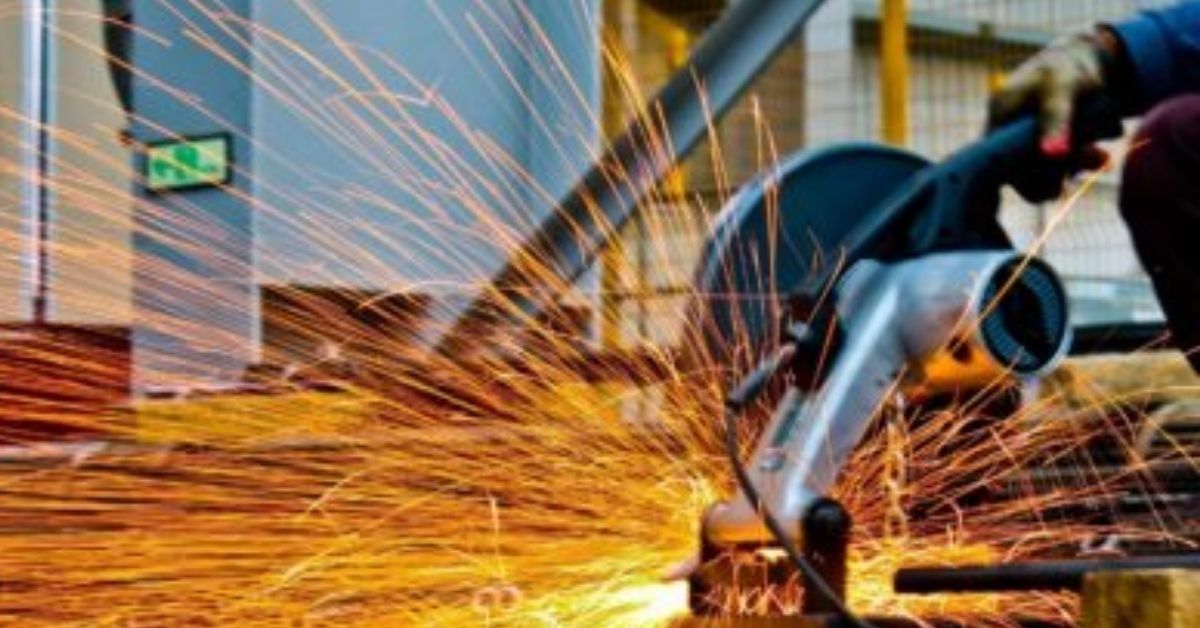Karl Mehta, Chairman of Quad Investment Network (QUIN) along with Alex Trueman, the Network’s Special Advisor is reportedly in Washington DC for meeting the Biden administration officials following the recent Quad Summit in Japan, ahead of the official State visit of the Indian Prime Minister Narendra Modi to the United States.
Karl Mehta, Chairman of the Network has opined that India has an opportunity to emerge as the second big manufacturing base next to China. He said, India, due to its talent base can play a leading role in the technological areas identified as critical by the Quad nations.
The Quin, officially launched on May 20, 2023 is a network of investors and executives across Quad countries, that seeks to foster co-investment in critical technologies.
According to Mehta, Quad Investment Network has identified nine technological areas which are very critical, both from a supply chain perspective, as well as from establishing or maintaining the Quad leadership in those technologies. These areas include semiconductors, clean energy and critical minerals, quantum technologies, mobility like 5G or 6G, cyber security, health tech, biotech, defence tech, and space tech. According to him, in these technologies, India is a technology powerhouse. The United States, Japan and Australia are very advanced in their technology & India is a collaborator in these technologies. According to him, India has a huge opportunity to play a role in every one of these nine technology areas identified by the Network.
Steps to reach the potential by the Manufacturing Sector
Raising productivity
To become globally competitive, India’s manufacturing value chains must raise productivity of their workers closer to global standards. The report points out, while other developing economies such as China have managed to catch up with the advanced economies in capital productivity, India’s capital is only about two-thirds as productive as China’s.
Increase in productivity through policy reforms creating better infrastructure and logistics would help Indian manufacturing become more productive, helping them to offer more value-added goods with higher product quality, better packaging, and stronger brands,
According to the report, Policy reforms could also help other opportunities for Indian manufacturers to boost their productivity by offering more value-added goods with higher product quality, better packaging, and stronger brands, ensuring them to command higher prices with better returns, in turn helping them to attract more capital, enabling them to reinvest their capital surpluses, rather than seek outside investment.
Securing know-how and technology
According to the report, while India’s established manufacturing value chains possess the technology and know-how they need to compete with overseas competitors, the less-developed value chains do not. The report suggests that the manufacturers themselves must source technology through acquisitions and alliances. The government can also help create a stable framework of time-bound and conditional localisation incentives to attract global companies to set up operations in India, either independently or with a local partner.
Accessing Capital
The availability of capital, according to the report will be the single-biggest booster to increasing India’s manufacturing GDP. However, while financial reforms would help stable, cash-generating manufacturers attract low-cost domestic capital from long-term savings pools, such as pension funds and insurance, these savings pools alone cannot meet the requirement of the Indian manufacturing companies. They therefore will also have to tap other sources, according to the report.
Epilogue
India, according to Karl Mehta of QUIN as also the McKinsey Global Institute report, has an opportunity to raise its manufacturing competitiveness and become a supplier, not only to its large consuming class, but also to the global markets, emerging as a second big manufacturing base, next to China. Focussing on eliminating roadblocks in the chosen value chains therefore holds great promise for bringing together the manufacturers, raising productivity, securing superior know-how, and generating higher returns on capital, with the government support.








